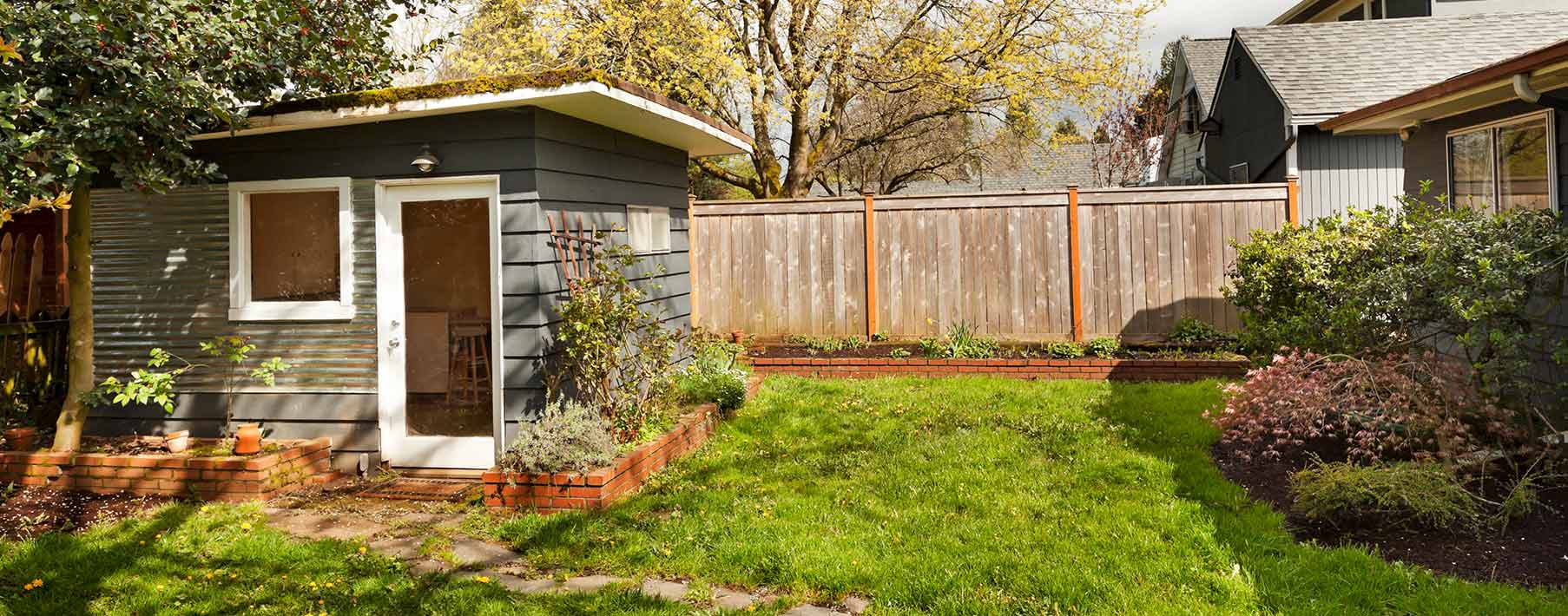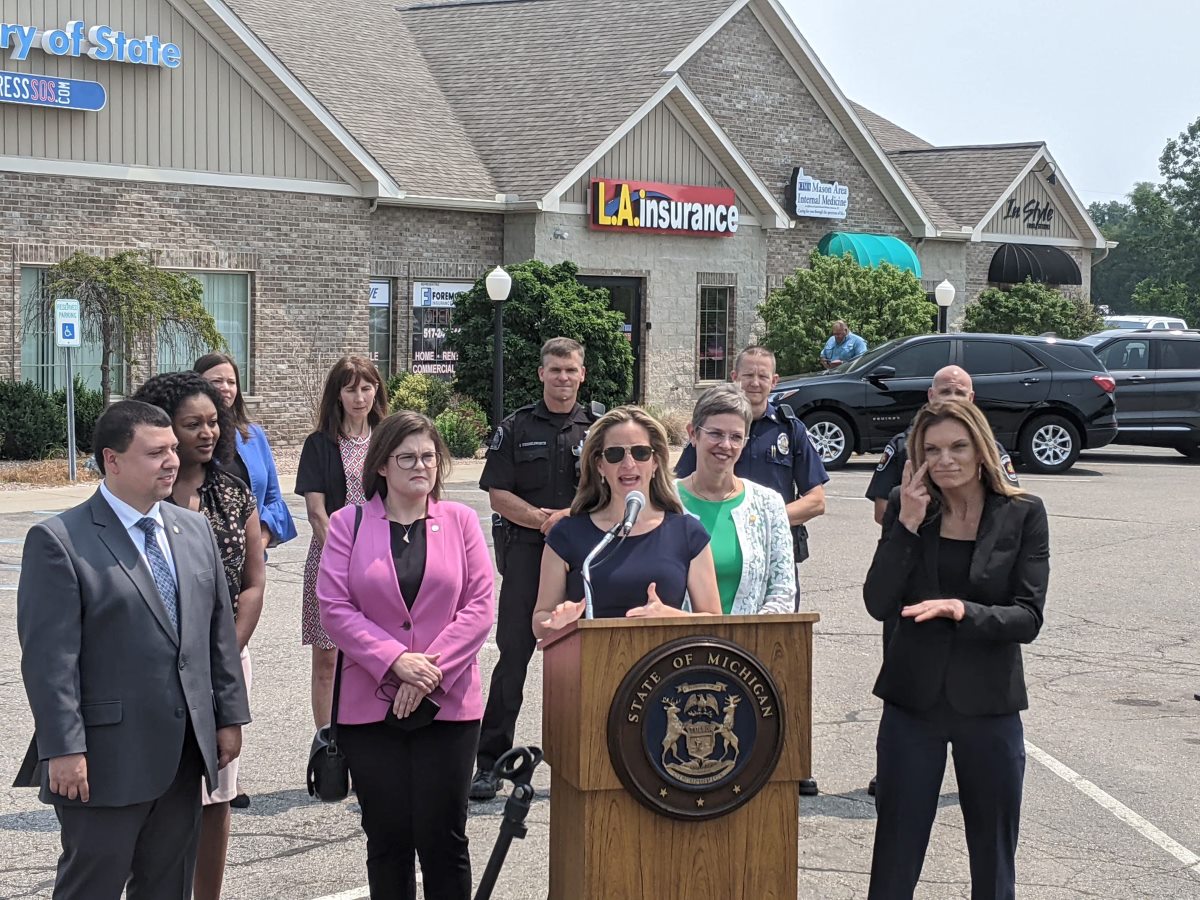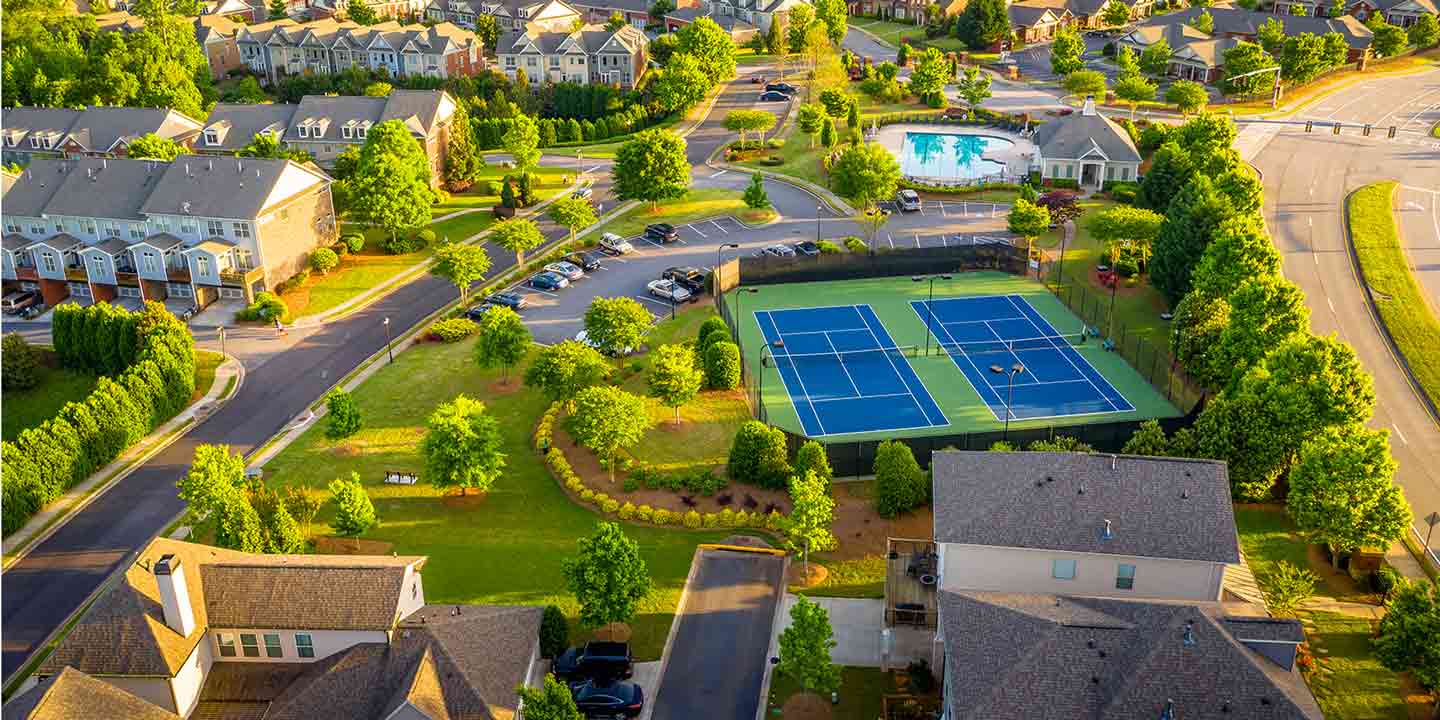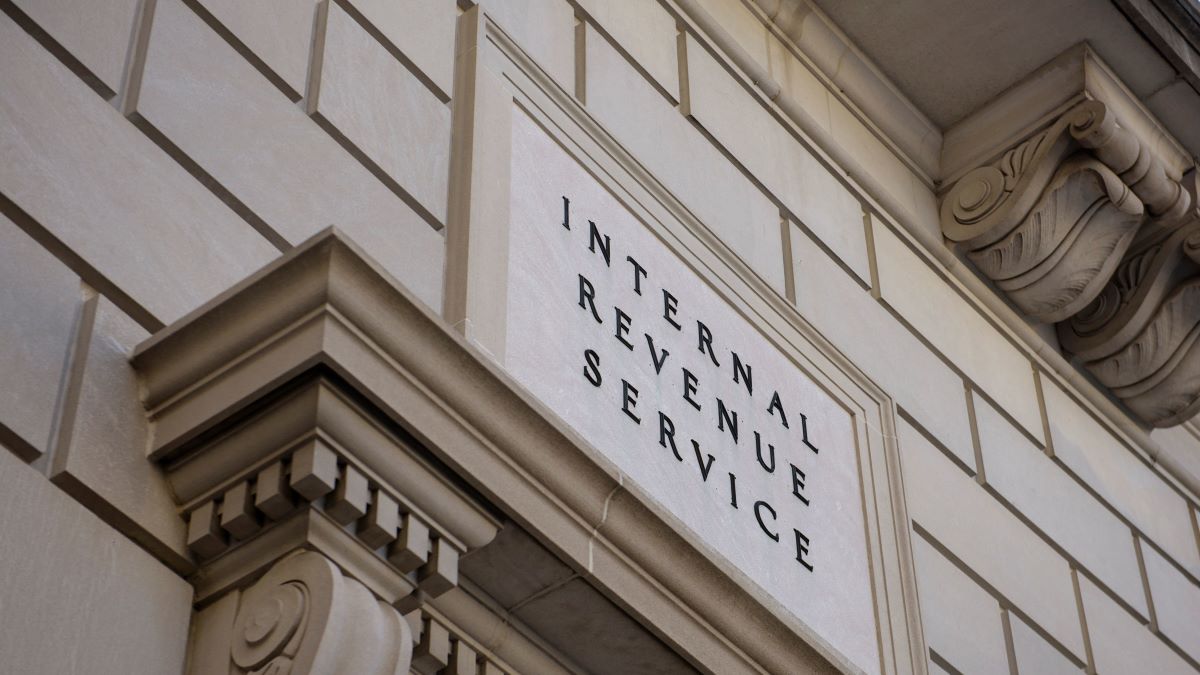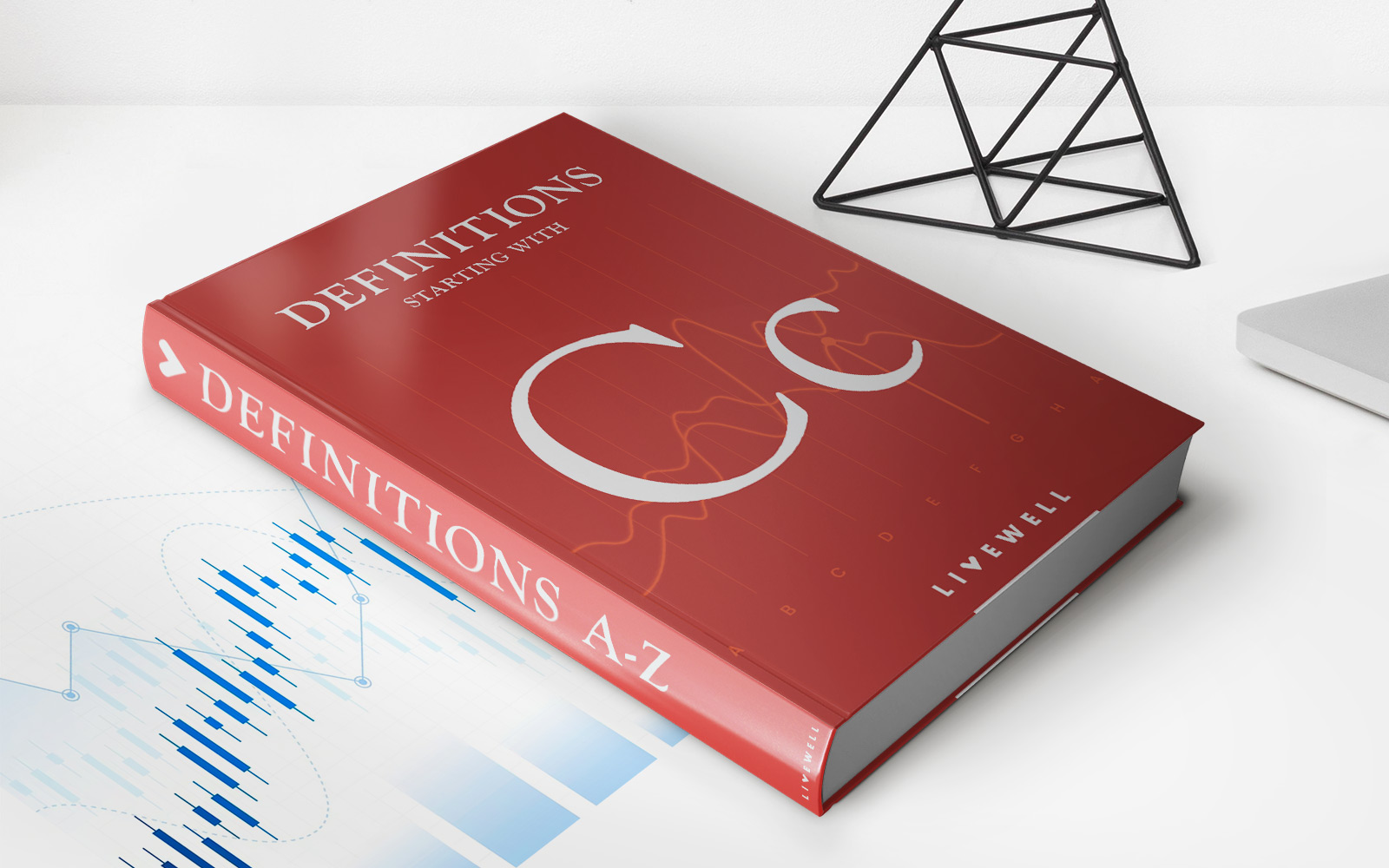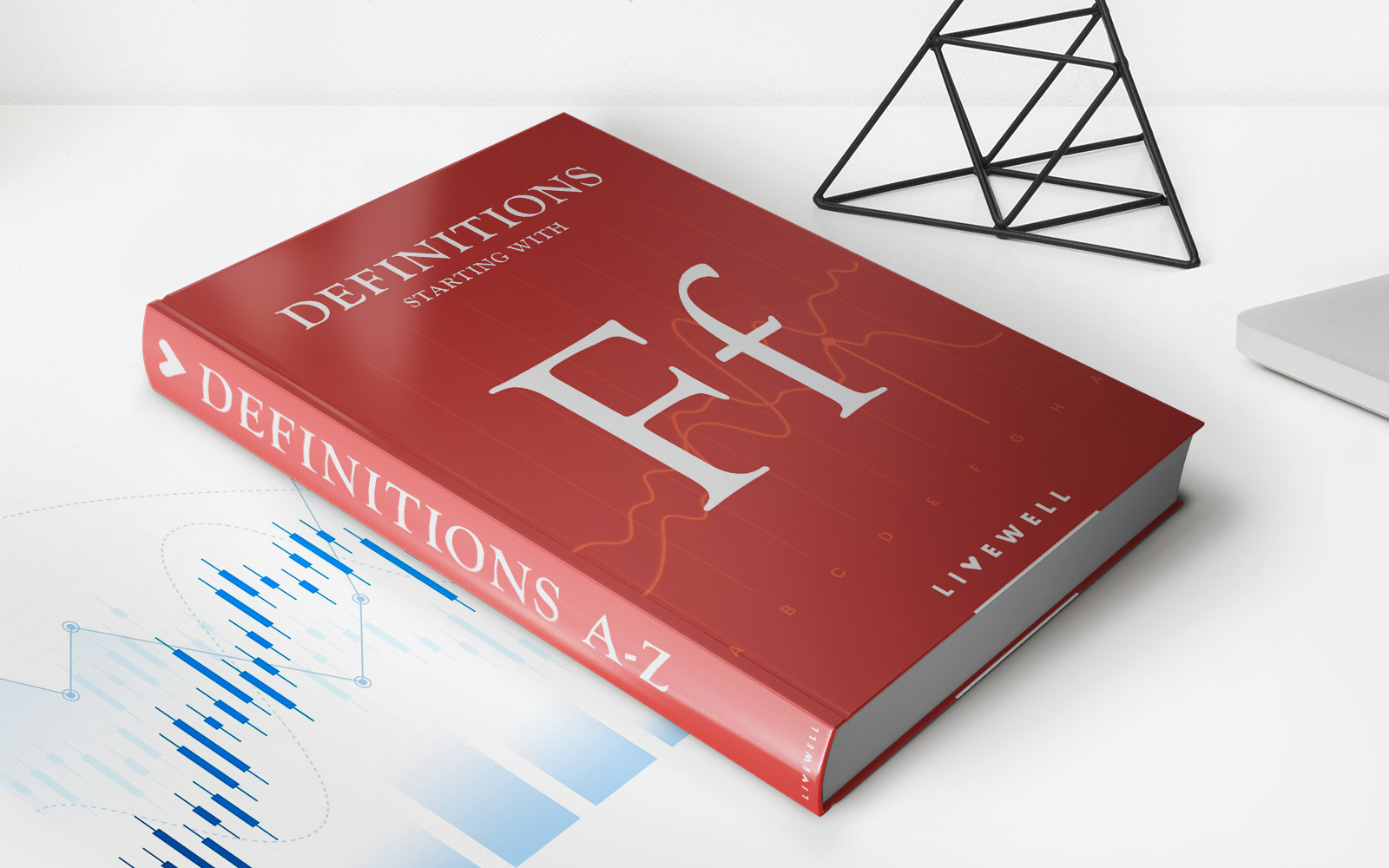Home>Finance>What Is Master Insurance Policy For Homeowners Association


Finance
What Is Master Insurance Policy For Homeowners Association
Modified: December 29, 2023
Learn about the finance aspects of a master insurance policy for homeowners association. Understand its significance and coverage options.
(Many of the links in this article redirect to a specific reviewed product. Your purchase of these products through affiliate links helps to generate commission for LiveWell, at no extra cost. Learn more)
Table of Contents
- Introduction
- Definition of Master Insurance Policy for Homeowners Association
- Coverage and Benefits of Master Insurance Policy
- Types of Master Insurance Policies
- Common Terms in Master Insurance Policies
- Responsibilities of the Homeowners Association and Individual Homeowners
- Claims Process for Master Insurance Policies
- Factors to Consider when Purchasing a Master Insurance Policy
- Conclusion
Introduction
Welcome to the world of homeowners associations (HOAs) and the Master Insurance Policy. If you’re a homeowner who belongs to an HOA, or if you’re considering purchasing a property within one, it’s important to understand what a Master Insurance Policy is and how it impacts you.
A Master Insurance Policy is a vital component of homeowners association management. It provides coverage for the common areas of a planned development or condominium complex, protecting both the HOA and the individual homeowners from potential risks and liabilities. While the specifics of a Master Insurance Policy may vary depending on the HOA, its purpose is to collectively protect the property and preserve the overall value of the community.
As a member of an HOA, you are part of a collective effort to maintain and enhance the shared spaces within your neighborhood or residential complex. Understanding the intricacies of the Master Insurance Policy is key to ensuring that all homeowners are adequately protected.
In this article, we will delve into the world of Master Insurance Policies for homeowners associations. We’ll explore the coverage and benefits provided, the different types of policies available, the responsibilities of both the HOA and individual homeowners, the claims process, and factors to consider when purchasing a policy. By the end of this article, you’ll have a comprehensive understanding of the importance of a Master Insurance Policy and how it affects you as a homeowner.
Let’s dive in!
Definition of Master Insurance Policy for Homeowners Association
A Master Insurance Policy for a homeowners association (HOA) is a comprehensive insurance policy that covers the common areas and shared property within a planned development or condominium complex. It is typically purchased by the HOA on behalf of all the individual homeowners within the community.
The Master Insurance Policy is designed to protect the HOA and the individual homeowners from potential risks and liabilities that may arise from accidents, natural disasters, or other unforeseen events. It provides coverage for both property damage and liability claims.
Under the Master Insurance Policy, the common areas of the community are insured, including but not limited to the exterior of the buildings, roofing, swimming pools, recreational facilities, parking lots, and landscaped areas. The policy also extends coverage to the shared infrastructure, such as plumbing, electrical systems, and elevators.
In addition to protecting the common areas, the Master Insurance Policy may also provide coverage for certain fixtures and improvements made by individual homeowners within their units. However, it is important to note that the coverage for individual units may vary depending on the specific policy and the HOA’s governing documents.
The Master Insurance Policy typically covers a wide range of perils, including fire, windstorms, hail, theft, vandalism, and liability arising from injuries or property damage within the common areas. However, it is important to carefully review the policy to understand the specific coverage limitations and exclusions.
It is worth noting that the Master Insurance Policy only covers the shared property and common areas of the community. Individual homeowners are responsible for obtaining their own separate insurance policies, known as HO-6 policies or condominium unit owner policies, to protect their personal belongings, interior structures, and liability within their individual units.
Now that we’ve defined what a Master Insurance Policy for homeowners associations is, let’s explore the coverage and benefits it provides in more detail.
Coverage and Benefits of Master Insurance Policy
A Master Insurance Policy for homeowners associations (HOAs) provides various coverage and benefits to both the HOA and individual homeowners within the community.
The primary coverage provided by a Master Insurance Policy is property coverage. This includes protection for the common areas, such as buildings, structures, landscaping, and shared amenities. In the event of damage caused by fire, storms, vandalism, or other covered perils, the policy will typically cover the cost of repairs, restoration, or replacement of the affected property.
Additionally, the Master Insurance Policy offers liability coverage. This protects the HOA and individual homeowners from potential lawsuits and claims filed by third parties who sustain injuries or property damage within the common areas of the community. For example, if a visitor slips and falls by the pool or a tree falls on a parked car in a common parking lot, the policy may cover the expenses associated with medical bills or property repairs.
Another benefit of a Master Insurance Policy is coverage for additional living expenses. In the event of a covered loss that renders a homeowner’s unit uninhabitable, the policy may cover temporary living expenses, such as hotel accommodations or rental costs, until the unit is repaired and suitable for occupancy.
In certain cases, the Master Insurance Policy may also offer coverage for directors and officers liability. This protects the board members and officers of the HOA from potential liability claims related to their decision-making and actions taken on behalf of the association. This type of coverage is particularly important for the volunteers and individuals serving as board members, as it provides financial protection in the event of a lawsuit.
Furthermore, a Master Insurance Policy may include coverage for property and liability related to employees of the HOA. If the association has employees, such as maintenance staff or security personnel, the policy can offer protection in case of work-related injuries or damage caused by employees while performing their duties.
It’s important to note that while the Master Insurance Policy provides coverage for the common areas and shared property, individual homeowners are responsible for insuring the contents, personal belongings, and interior structures of their own units. To protect their assets and personal liability, homeowners should consider purchasing an individual HO-6 policy.
Now that we’ve explored the coverage and benefits of a Master Insurance Policy, let’s move on to understanding the different types of policies available.
Types of Master Insurance Policies
There are different types of Master Insurance Policies available for homeowners associations (HOAs), each designed to meet the specific needs and requirements of the community. The type of policy chosen by the HOA depends on various factors, including the type of property, the size of the community, and the level of coverage desired.
Here are some common types of Master Insurance Policies:
- All-Inclusive Master Policy: This type of policy provides the broadest level of coverage and is typically used for condominium associations. It covers both the building and the individual units, including fixtures, appliances, and improvements made by the homeowners.
- Bare Walls-In: This policy provides coverage for the building’s structure and common areas but does not extend coverage to the interior of the individual units. Homeowners are responsible for insuring their own personal belongings and any improvements made within their units.
- Modified Master Policy: This policy is a combination of the All-Inclusive Master Policy and the Bare Walls-In policy. It typically covers the building structure and some fixtures within the individual units, but homeowners are still responsible for insuring their personal belongings.
- Original Specification Policy: This type of policy is often used for older buildings or historic properties. It covers the building based on its original specifications, and homeowners are responsible for insuring any upgrades or improvements made since the property’s construction.
- Single Entity Policy: A Single Entity Policy is typically used for planned unit developments (PUDs) or communities where the homes are not attached. This policy covers the individual structures and the common areas, providing comprehensive coverage to all the properties within the community.
The choice of the Master Insurance Policy type depends on several factors, including the governing documents of the HOA, the level of coverage desired by the association, and the preferences of the homeowners. It’s essential for the HOA board and its members to carefully review the options and select a policy that adequately protects both the common areas and the individual homeowners.
Understanding the different types of Master Insurance Policies is crucial for homeowners within an HOA as it helps them determine what aspects of their property and belongings are covered and what they need to personally insure. Now that we have covered the types of policies, let’s move on to learning about the common terms found in Master Insurance Policies.
Common Terms in Master Insurance Policies
When reviewing a Master Insurance Policy for homeowners associations (HOAs), it’s important to familiarize yourself with the common terms used in the policy documents. Understanding these terms will help you grasp the extent of coverage provided and any limitations or exclusions that may apply. Here are some key terms you may come across:
- Deductible: The deductible is the amount that the HOA or individual homeowners are required to pay towards a claim before the insurance coverage kicks in. It is important to know the deductible amount specified in the policy and understand who is responsible for paying it.
- Peril: Perils, also known as risks or hazards, refer to specific events or occurrences that can cause property damage or loss. Common perils include fire, windstorms, theft, vandalism, and water damage. The policy will specify which perils are covered and which are excluded.
- Limit of Liability: The limit of liability is the maximum amount that the insurance company will pay for a covered claim. It is crucial to understand the limit of liability for each type of coverage, such as property damage and liability, as it determines how much protection is available.
- Additional Insured: An additional insured is a party, other than the named insured (usually the HOA), who is included in the policy and receives protection under the insurance coverage. This can include property managers, board members, or other individuals associated with the HOA.
- Exclusion: Exclusions are specific events or situations that are not covered by the insurance policy. It is important to carefully review the policy to understand what is excluded from coverage. Certain common exclusions include earthquakes, floods, mold, and intentional acts.
- Certificate of Insurance: A certificate of insurance is a document provided by the insurance company that serves as evidence of coverage. It may be required by lenders, contractors, or other parties to verify insurance protection.
- Endorsement: An endorsement is a modification or addition to the standard insurance policy. It can be used to customize the coverage to meet the specific needs of the HOA and its homeowners.
- Loss Assessment: Loss assessment refers to the charges or expenses that may be passed on to individual homeowners by the HOA in the event of a claim or damage not fully covered by the Master Insurance Policy. Homeowners should understand their potential liability for loss assessments.
- Named Insured: The named insured is the party or entity specifically listed as the recipient of the insurance coverage. In the case of a Master Insurance Policy, the named insured is usually the HOA or the association itself.
Understanding these common terms will help you navigate the intricacies of a Master Insurance Policy and comprehend its coverage and limitations. It is always recommended to consult with an insurance professional or HOA representative to clarify any questions or concerns you may have regarding the policy’s terms and conditions.
Now that we’ve covered the common terms, let’s move on to understanding the responsibilities of the homeowners association (HOA) and individual homeowners in relation to the Master Insurance Policy.
Responsibilities of the Homeowners Association and Individual Homeowners
When it comes to the Master Insurance Policy for homeowners associations (HOAs), there are specific responsibilities that both the HOA and individual homeowners have in order to maintain adequate insurance coverage and protect the community as a whole.
Responsibilities of the Homeowners Association (HOA):
- Purchasing and Maintaining the Policy: The HOA is responsible for purchasing and maintaining the Master Insurance Policy. This involves selecting the appropriate coverage types, determining the policy limits, and ensuring that the policy is kept active and renewed as necessary.
- Obtaining Sufficient Coverage: The HOA must carefully evaluate the needs of the community and obtain sufficient coverage for the common areas, including buildings, structures, and shared amenities. It is important to assess the potential risks and liabilities specific to the community to ensure that the policy adequately protects both the HOA and individual homeowners.
- Collecting Insurance Premiums: The HOA is responsible for collecting insurance premiums from homeowners in order to pay for the Master Insurance Policy. The premium amount is typically included in the HOA fees or dues paid by homeowners on a regular basis.
- Providing Insurance Information to Homeowners: The HOA must provide homeowners with the necessary information regarding the Master Insurance Policy. This includes details of the coverage, policy limits, deductible amounts, and any additional insurance requirements specific to the community.
- Enforcing Insurance Requirements: The HOA is responsible for enforcing any insurance requirements outlined in its governing documents. This may include mandating that homeowners obtain their own individual HO-6 policies to protect their personal belongings and interior structures within their units.
- Handling Claims: In the event of a covered loss or claim, the HOA is responsible for initiating the claims process with the insurance company. This involves documenting the damage, gathering relevant information, and working with the insurance adjuster to ensure a timely and fair settlement.
Responsibilities of Individual Homeowners:
- Obtaining Individual Insurance: Individual homeowners are responsible for obtaining their own separate insurance policies, commonly known as HO-6 policies or condominium unit owner policies. These policies provide coverage for personal belongings, interior structures, and liability within their individual units.
- Complying with HOA Insurance Requirements: Homeowners must comply with any insurance requirements set forth by the HOA in its governing documents. This includes obtaining the prescribed level of individual insurance coverage and providing proof of insurance to the HOA when requested.
- Notifying HOA of Upgrades or Improvements: If homeowners make any upgrades or improvements to their units that may affect the master policy coverage or liability, they must notify the HOA. This ensures that the policy can be adjusted accordingly to protect the entire community.
- Reporting Claims Promptly: In the event of a loss or claim, homeowners should report it promptly to the HOA and their individual insurance company as required. Timely reporting ensures that the claims process can be initiated and necessary repairs or replacements can be addressed in a timely manner.
- Cooperating with the HOA and Insurance Company: Homeowners should cooperate with the HOA and insurance company during the claims process. This may involve providing documentation, allowing access to the unit for inspections, and providing any information requested to facilitate a smooth and efficient claims settlement.
By understanding and fulfilling their respective responsibilities, both the HOA and individual homeowners contribute to the overall effectiveness of the Master Insurance Policy and help ensure adequate coverage and protection for the entire community.
Now let’s move on to understanding the claims process for Master Insurance Policies.
Claims Process for Master Insurance Policies
When an incident or loss occurs within a homeowners association (HOA) community that is covered under the Master Insurance Policy, it is important for both the HOA and individual homeowners to understand the claims process. Here is an overview of the typical steps involved:
- Report the Incident: The first step is to report the incident to the appropriate parties, such as the property manager or HOA board. They will then initiate the claims process with the insurance company. Prompt reporting is crucial to ensure the timely handling of the claim.
- Document the Damage: It is important to thoroughly document the damage or loss that occurred. Take photographs or videos of the affected areas and gather any relevant documentation, such as receipts or invoices for repairs or replacements.
- Contact the Insurance Company: The HOA, or its designated representative, will contact the insurance company to initiate the claims process. They will provide details of the incident and submit the necessary documentation and evidence to support the claim.
- Insurance Adjuster Visit: The insurance company will assign an adjuster to assess the damage and determine the extent of coverage. The adjuster will review the documentation, visit the property if necessary, and may request additional information to support the claim.
- Claim Evaluation: The insurance company will evaluate the claim based on the policy coverage, policy limits, deductibles, and any applicable exclusions or conditions. They will determine the amount of coverage provided and any settlement offers.
- Settlement and Payment: Once the claim is approved, the insurance company will provide a settlement offer to cover the cost of repairs, replacements, or other eligible expenses. If the offer is accepted, the insurance company will arrange for payment to the HOA or, in some cases, directly to the vendors or contractors involved.
- Loss Assessment and Individual Claims: Depending on the circumstances, the HOA may need to assess the homeowners for any expenses that are not fully covered by the Master Insurance Policy. Individual homeowners may also need to file their own claims with their personal insurance carriers for any damage or loss within their units.
- Follow-Up and Resolution: Throughout the claims process, it is important to maintain open communication with the insurance company, provide any requested information or documentation promptly, and follow up on the progress of the claim. This ensures a smooth and efficient resolution.
It is important for homeowners to be aware of the claims process and their role in reporting incidents, providing necessary documentation, and cooperating with the insurance company and HOA during the claims handling. By understanding the process and taking the appropriate steps, homeowners can ensure that their claims are handled in a timely and fair manner.
Now that we’ve covered the claims process, let’s move on to discussing some key factors to consider when purchasing a Master Insurance Policy.
Factors to Consider when Purchasing a Master Insurance Policy
When it comes to homeowners associations (HOAs), purchasing a Master Insurance Policy is a crucial decision that requires careful consideration. Here are some key factors to keep in mind when selecting a policy:
- Type and Scope of Coverage: Understand the specific coverage types and the extent of coverage provided by the policy. Consider whether it is an all-inclusive policy, a bare walls-in policy, or a modified policy. Assess whether it covers property damage, liability claims, and additional living expenses.
- Policy Limits and Deductibles: Review the policy limits to ensure they are sufficient to cover potential losses. Consider the deductibles and understand who is responsible for paying them in the event of a claim.
- Exclusions and Limitations: Carefully review the policy exclusions to identify any specific events, perils, or circumstances that are not covered. Be aware of any limitations or conditions outlined in the policy.
- Cost of Premiums: Evaluate the cost of premiums for the Master Insurance Policy. It’s important to strike a balance between affordable premiums and adequate coverage. Consider budgetary constraints while ensuring sufficient protection for the community.
- Financial Stability of the Insurance Provider: Research the financial stability and reputation of the insurance company providing the policy. Check their ratings with independent rating agencies to ensure their ability to fulfill their financial obligations in the event of a claim.
- Claims Handling and Customer Service: Consider the responsiveness and efficiency of the insurance company in handling claims. Read reviews or seek references to gauge the level of customer service provided, as this can greatly impact the experience in the event of a loss.
- Compliance with Governing Documents: Ensure that the Master Insurance Policy is in compliance with the governing documents of the HOA. Review the insurance requirements outlined in the documents to verify that the policy meets all necessary criteria.
- Consult with Professionals: Seek advice from insurance professionals or legal experts who are knowledgeable in HOA insurance. They can help assess the specific needs of your community, review policy options, and provide guidance on selecting the most suitable policy.
- Evaluate Community Risks: Assess the unique risks and vulnerabilities of your community. Consider factors such as geographical location, weather patterns, crime rates, and any other potential hazards that may require additional coverage.
- Review and Renew Policy Annually: Regularly review the Master Insurance Policy and its coverage limits to ensure it continues to meet the needs of the HOA and homeowners. Renew the policy annually and make necessary updates or adjustments based on changes within the community.
By considering these factors, the HOA can make an informed decision when purchasing a Master Insurance Policy. It is crucial to protect the entire community with adequate coverage that meets the unique requirements and risk profile of the homeowners association.
Now that we have covered the factors to consider when purchasing a policy, let’s conclude our discussion.
Conclusion
Understanding the ins and outs of a Master Insurance Policy for homeowners associations (HOAs) is essential for both the HOA and individual homeowners to ensure adequate protection and a smooth functioning community. By grasping the definition of the policy, coverage and benefits, types of policies available, common terms, responsibilities, claims process, and factors to consider when purchasing, homeowners can make informed decisions and actively participate in safeguarding their community.
A Master Insurance Policy plays a vital role in protecting the common areas, shared property, and infrastructure within an HOA. It safeguards against property damage, liability claims, and unforeseen events that can impact both the HOA and individual homeowners. By understanding the coverage and benefits provided by the policy, homeowners can have peace of mind knowing that their investment and the community they call home are protected.
It is important for both the HOA and homeowners to fulfill their responsibilities when it comes to insurance. The HOA must secure appropriate coverage, collect premiums, enforce insurance requirements, and handle claims efficiently. Individual homeowners need to obtain their own insurance policies, comply with the HOA’s requirements, report claims promptly, and cooperate during the claims process.
When purchasing a Master Insurance Policy, factors such as type and scope of coverage, policy limits, deductibles, cost of premiums, financial stability of the insurance provider, claims handling, and compliance with governing documents should be carefully considered. Consulting with professionals and evaluating community-specific risks can further enhance the decision-making process.
In conclusion, a well-rounded understanding of the Master Insurance Policy and active participation from both the HOA and homeowners is crucial in creating a secure and thriving community. By working together, staying informed, and taking necessary precautions, the community can have the peace of mind it deserves.
Now armed with this knowledge, go forth and confidently navigate the world of Master Insurance Policies in homeowners associations!
